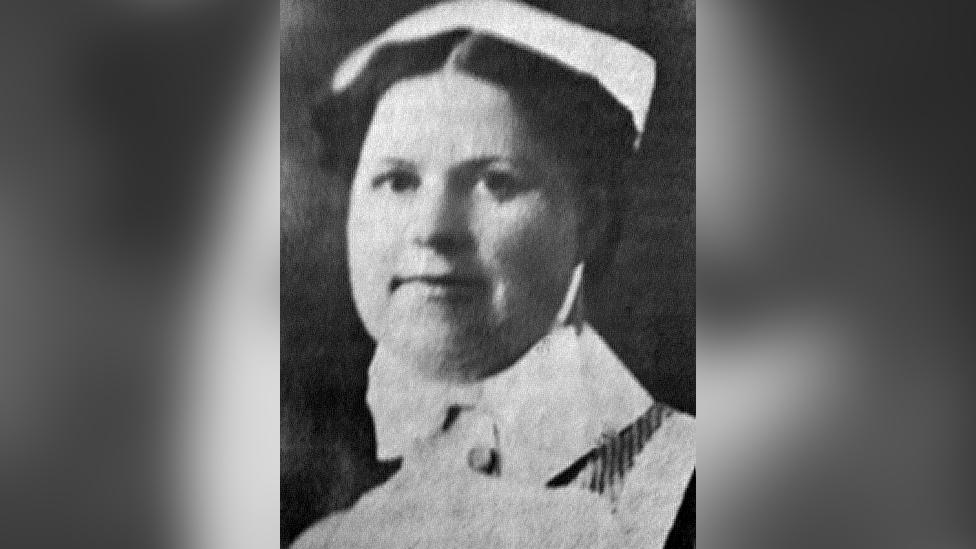Coronavirus: New role for NHS Louisa Jordan hospital
- Published
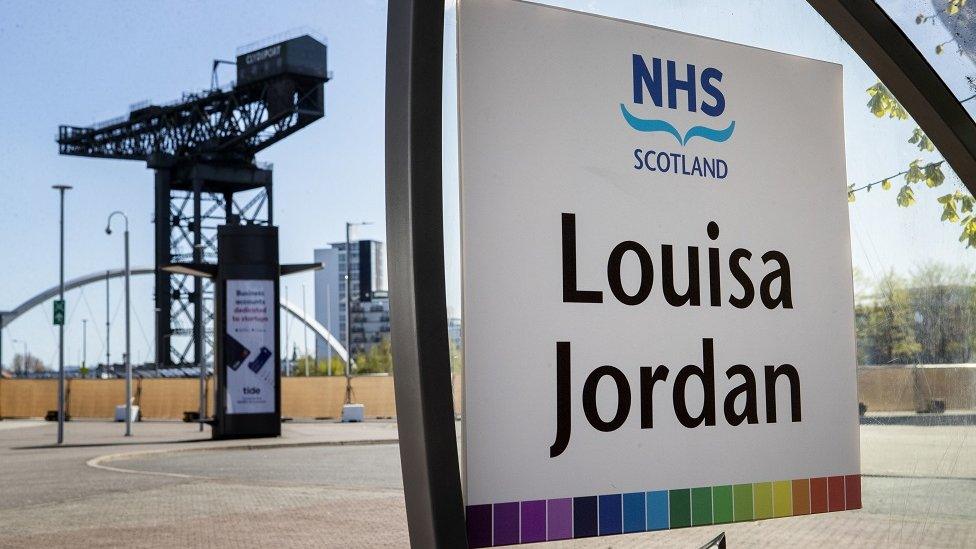
People who have had healthcare postponed due to the coronavirus pandemic could be treated at the hospital constructed to help Scotland fight the virus.
The £38m NHS Louisa Jordan was built at the SEC in Glasgow in April but it has not been needed during the outbreak.
Health Secretary Jeane Freeman said the facility will help the NHS "recover" from the effects of the virus response.
It will initially be open to some orthopaedic outpatients this month.
If the appointments are judged to be "clinically successful" and patients are satisfied, the hospital could be used to provide a wide range of delayed planned healthcare.
Staff training, teaching and examinations will also be held in the large building as there is plenty of space for social-distancing.
But if it is needed to deal with a second spike of coronavirus, the Scottish government said it could by ready to accept Covid patients with a few days' notice.
Coronavirus: Timelapse of Scotland's newest hospital being built
More than 27,000 people have not been able to have their planned hospital treatments over the past 14 weeks, according to figures from Public Health Scotland, external.
They were paused - along with screening services - at the beginning of the coronavirus crisis in a bid to ensure there was enough capacity in the NHS to deal with the pandemic.
Some services are starting again, with hip and knee replacements among procedures resuming at the Golden Jubilee Hospital in Clydebank .
The health minister said the Louisa Jordan could also play a vital role in tackling the backlog.
"As we begin to resume some paused NHS services safely, carefully and in a series of stages, this national hospital will play an important role in helping our NHS recover by providing planned healthcare for non-Covid outpatients," Ms Freeman said.
"It will also ensure the sustainability of our NHS workforce as the clinical setting, alongside the ability to maintain physical distancing, will allow undergraduates and postgraduates to carry out training, teaching and examinations, and support training for the wider health and social care workforce in Scotland.
"By continuing to follow the clear public health advice, we can continue to suppress this virus in Scotland."
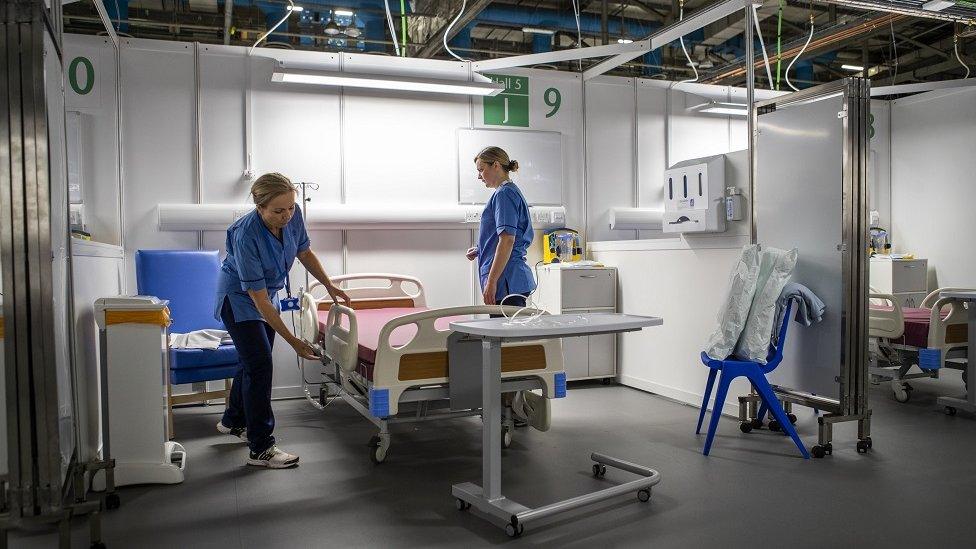
The hospital will provide up to 1,036 additional beds
The Louisa Jordan was built in less than two weeks to offer extra capacity to the NHS in dealing with the predicted influx of patients with coronavirus symptoms.
A total of 1,036 bed bays were built and it was initially able to treat 300 patients.
It was named after a Glasgow-born nurse who died in Serbia in 1915 during World War One while working in a hospital.

40,000 DEATHS: Could they have been prevented?
FACE MASKS: When should you wear one?
TESTING: Who can get a test and how?

- Published20 April 2020

- Published19 April 2020
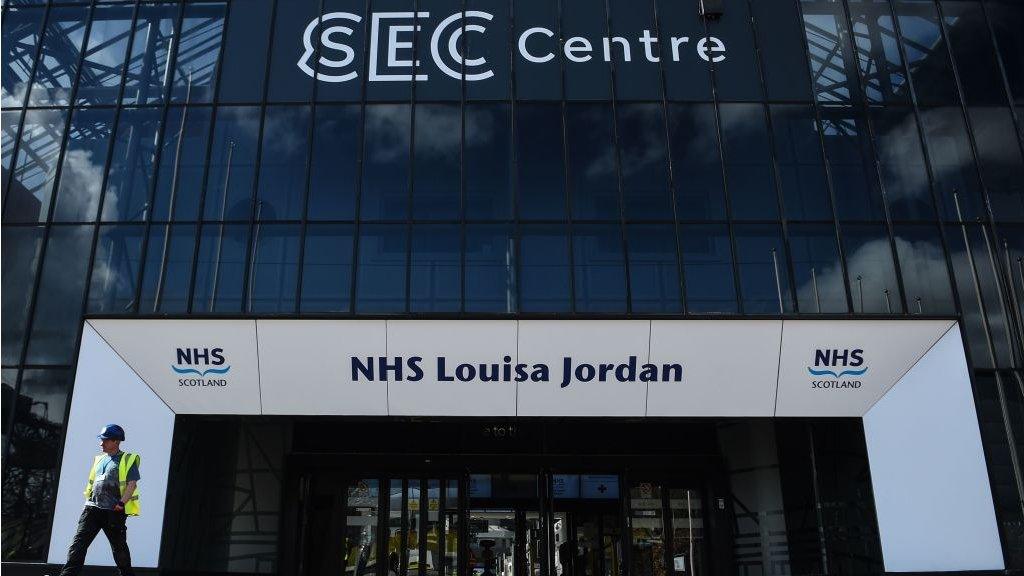
- Published7 April 2020
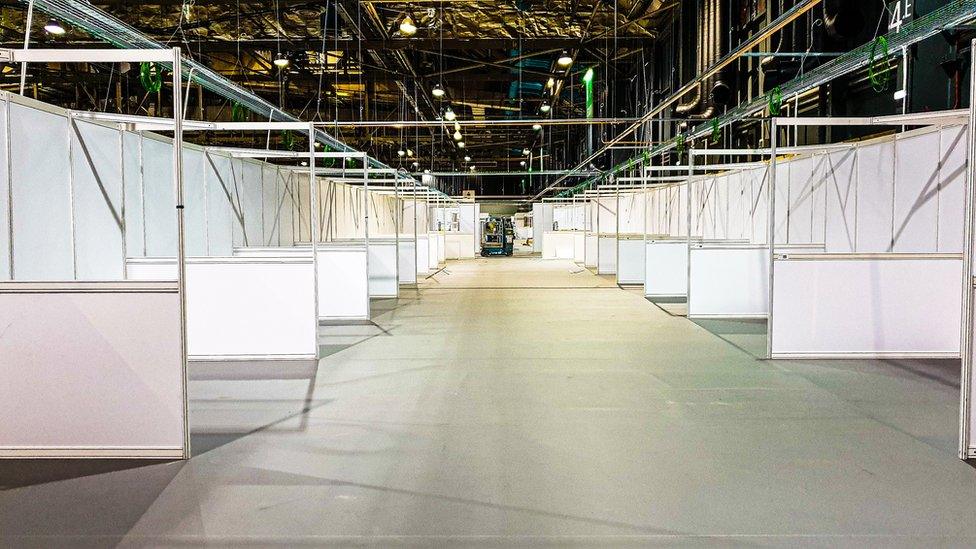
- Published1 April 2020
